A refractometer is used to determine a concentration of a particular substance within a solution.
Refractometers are available with a variety of scales:
Salinity measures sodium chloride solutions
Brix measures percent sucrose. Used in the food and beverage industry for quality control
Other: Coolants as ethylene glycol and propylene glycol coolants, Serum albumen and urine-specific gravity, density of a liquid in relation to the density of wate
Analog handheld refractometer: the sample is place on a cover plate and a prism and then held to the light to view the scale inside the meter.
Some refractometers have automatic temperature correction (ATC), a feature that allows the instrument to automatically correct for temperature differences.
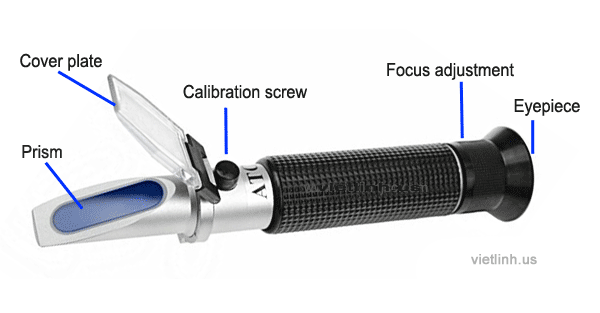
Calibration a refractometer:
Calibrate the refractometer with a standard solution or distilled water before use.
Using distilled water to calibrate a refractometer:
Placing 2-3 drops of distilled water on the prism.
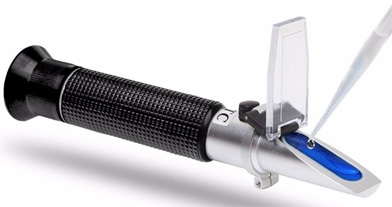
Close the plate so the water spreads across the entire surface of the prism without any air bubbles or dry spots.
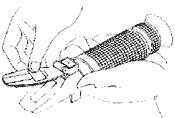
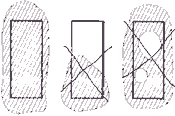
Allow the test sample to sit on the prism for approximately 30 seconds to adjust to the ambient temperature of the refractometer.
Hold the refractometer towards a light source and look through the eyepiece.

Focus the eyepiece until the scale is clearly visible.
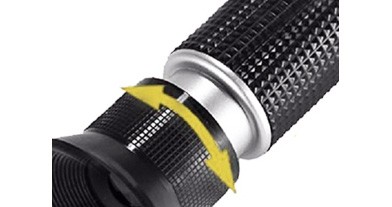
If the boundary between the upper blue field and the lower white field does not meet exactly at ZERO on the scale, need to calibrate the refractometer by adjusting the calibration screw.
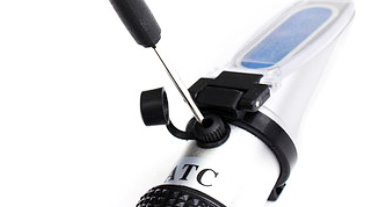
Turn the calibration screw until the boundary between the upper blue field and the lower white field meet exactly at ZERO on the scale.
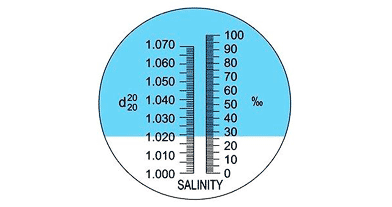
Maintain a refractometer
When the measurement is complete, wipe the prism with a soft lens tissue. Keep the cover closed to avoid scratching the prism.
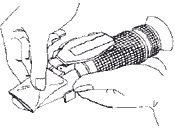
Notice:
The entire scale is colored blue, no white at all if the refractometer without any sample present.
Using natural light to view the readings; you should not read a refractometer in the presence of fluorescent light.
Do not immerse the instrument in water. If the instrument becomes foggy, water has entered the body.
© Viet Linh. Sonia LV.